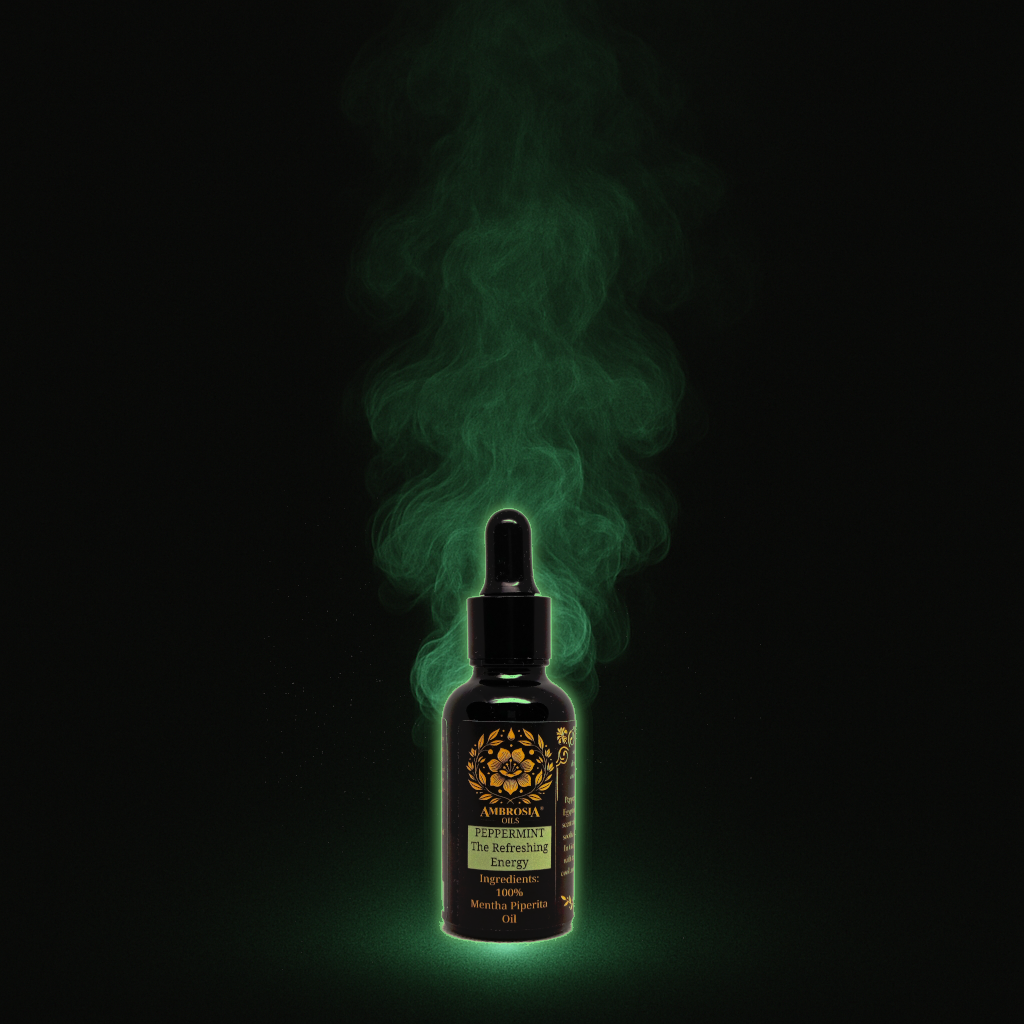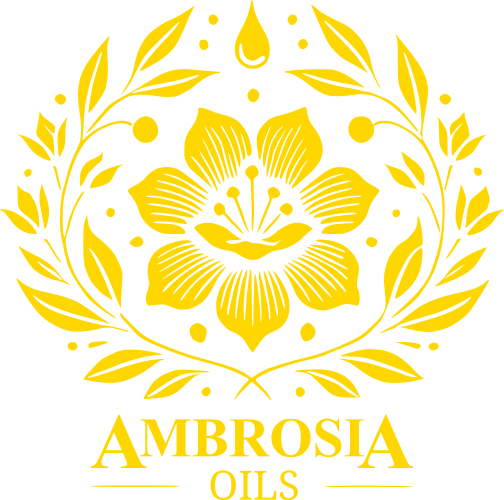
Scent Profile

Use Cases


Peppermint (Mentha × piperita) is a hybrid mint, a cross between watermint (Mentha aquatica) and spearmint (Mentha spicata). It is native to Europe and the Middle East but is now cultivated worldwide due to its versatile applications in culinary, medicinal, and cosmetic fields. Known for its distinctive, refreshing aroma and cooling sensation, peppermint has been a staple in various cultures for centuries.
The History of Peppermint
The use of peppermint dates back thousands of years. Ancient Egyptians included peppermint in their medicinal practices, as evidenced by dried leaves found in pyramids dating to 1,000 BC. In ancient Greece and Rome, peppermint was used as a remedy for digestive complaints, and its aromatic leaves were used to freshen breath.
In the Middle Ages, peppermint became popular across Europe for treating headaches, colds, and nausea. By the 18th century, peppermint cultivation spread across the world, and it became a common ingredient in teas, tinctures, and balms. Today, it remains one of the most widely used and studied herbs globally.

Peppermint Essential Oil
Peppermint essential oil is extracted from the leaves of the peppermint plant through steam distillation. It contains a high concentration of menthol, menthone, and other active compounds that give it its characteristic cooling and therapeutic properties.
The oil is clear to pale yellow in color, with a strong, invigorating aroma that instantly uplifts the senses. It is widely used in aromatherapy, personal care products, and natural remedies.
Properties of Peppermint
- Cooling and Refreshing
Peppermint’s high menthol content provides a cooling sensation that soothes the skin and invigorates the senses. - Antimicrobial and Antibacterial
Studies have shown that peppermint oil has antimicrobial properties, making it effective in fighting bacteria, fungi, and certain viruses. - Anti-inflammatory
Peppermint oil can reduce inflammation, especially when applied topically, offering relief for conditions like muscle pain and skin irritations. - Digestive Aid
Peppermint has carminative properties, which help relieve bloating, gas, and indigestion. - Aromatherapeutic
The scent of peppermint is known to enhance focus, improve mental clarity, and alleviate stress.
The Effects and Benefits of Peppermint
- Relief for Headaches and Migraines
Applying diluted peppermint oil to the temples can reduce the severity of tension headaches and migraines due to its cooling effect. - Improved Digestion
Peppermint tea or capsules are often used to relieve symptoms of irritable bowel syndrome (IBS), including bloating, cramping, and gas. - Respiratory Support
Inhalation of peppermint oil can clear nasal passages and ease breathing, making it a popular remedy for colds and congestion. - Pain Relief
Peppermint essential oil, when diluted and applied topically, can alleviate sore muscles, joint pain, and menstrual cramps. - Skin Care
Peppermint’s antimicrobial properties make it beneficial for treating acne and soothing skin irritations like insect bites or rashes.
Conclusion
Peppermint is a timeless herb that continues to be cherished for its versatility and effectiveness. Its refreshing aroma, coupled with its wide-ranging health benefits, has made it an essential component in modern wellness practices. Whether used as a tea, essential oil, or topical remedy, peppermint is a powerful natural ally for enhancing both physical and mental well-being.
